Ageism flourishes on dating apps, and not just from suitors.


Ageism flourishes on dating apps, and not just from suitors.
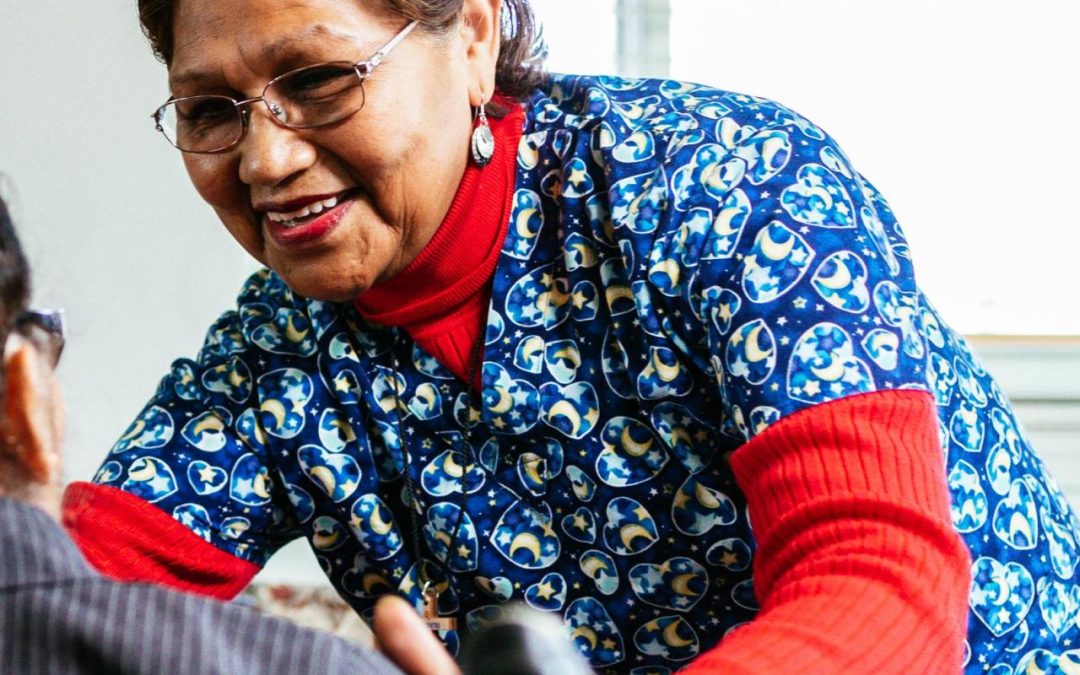
This state-level analysis allows leaders to consider the relative wage disparity in their state and its implications for workers.
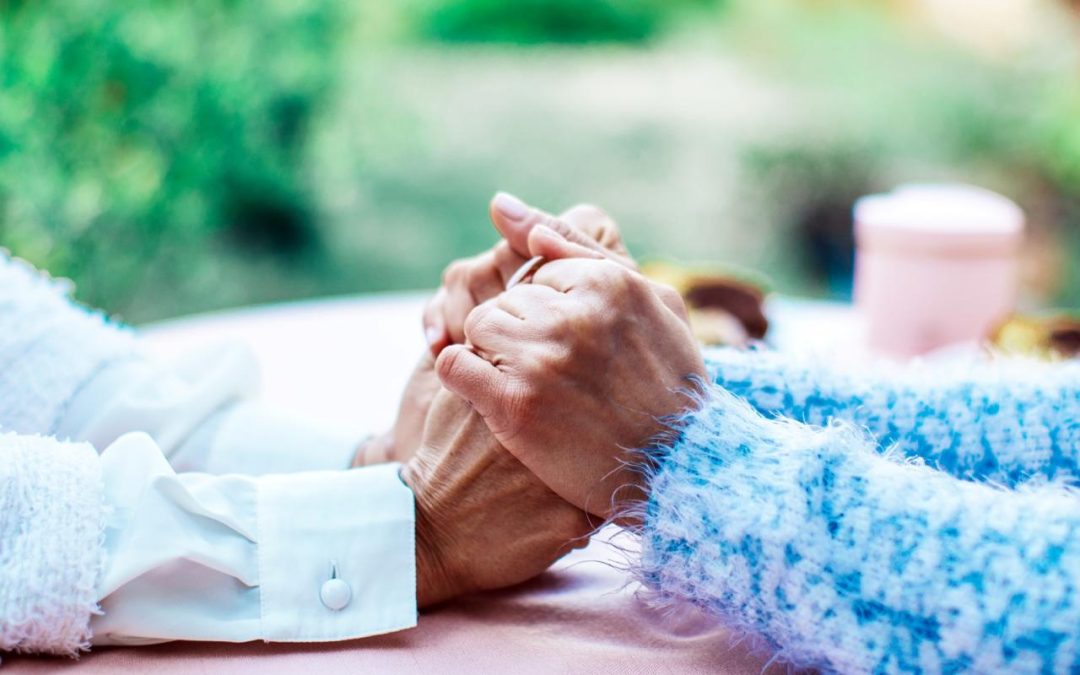
New interventions for transfers consider needs of the care receiver and family caregiver.

Personal life lessons in the practice of cultural humility.
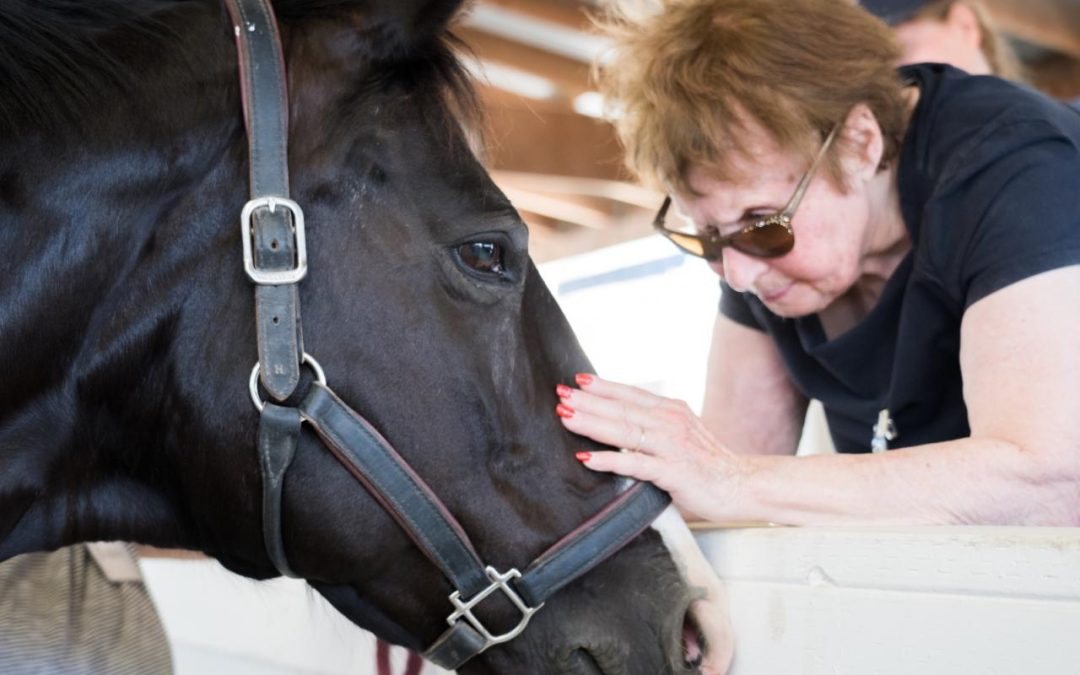
The Connected Horse program shows great promise in changing the narrative, and reality, around dementia.

ASA’s On Aging Conference provides a chance to visit this crucial historic site.

Social connectedness is vital during COVID-19.
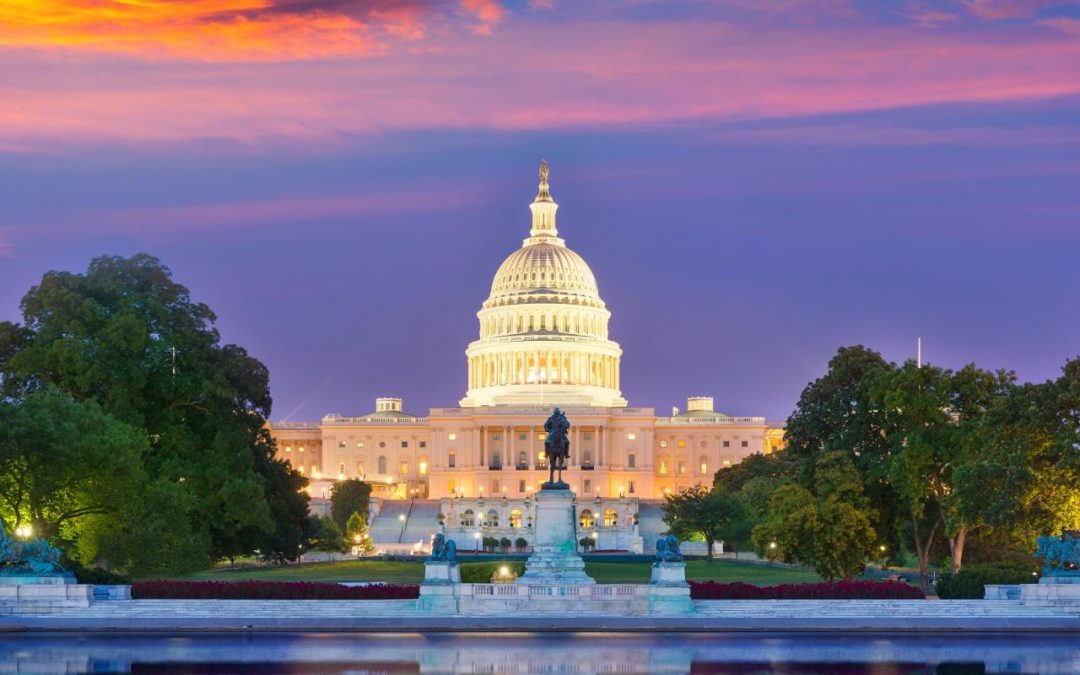
As a board member and the chair of the American Society on Aging's Public Policy Committee, I have been working with our all-member, all-volunteer committee to advance ASA's role in public policy. Thank you to our dedicated cadre of experts working on behalf of ASA to inform our policy work. The year 2022 has been a turning point for ASA's policy efforts....

Maryland Department of Aging routinely recycles durable medical equipment for those who need it.

Access to nature returned my mother’s will to live—and made me a biophilia advocate.

‘Previous research has shown the value of nutrition in reducing hospital length of stay and readmission rates in surgery patients.’

How an artist’s work was transformed by dementia.
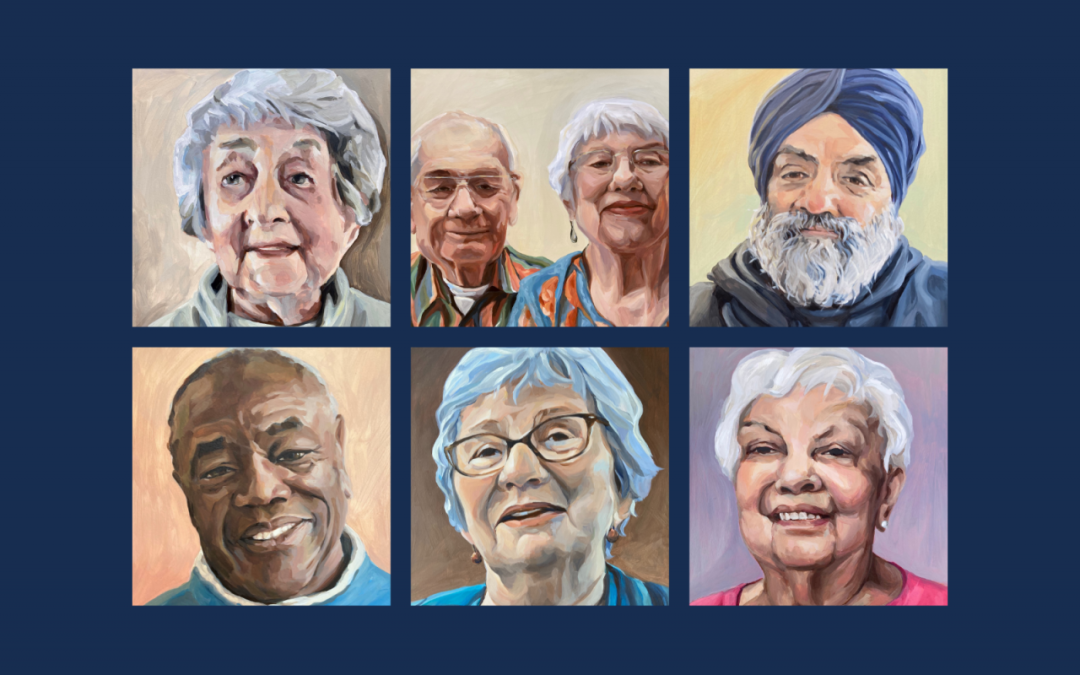
A portrait and interview project by Aging Well WhatCom explores what it means to age in a certain place and includes fascinating personal histories.

‘When we sit together in the same space, we all gain new insight and inspiration.’

‘How can we shift our expectations of the consumer to include all of our consumers?’

Earning the trust of African American elders in hospice and care at the end of life.

Broadband connection for older adults in the U.S. is only 64%, making it nearly impossible to conduct business in the modern world.

Data from the Care Connections Program shows benefits for training elders to use devices for socializing and healthcare.
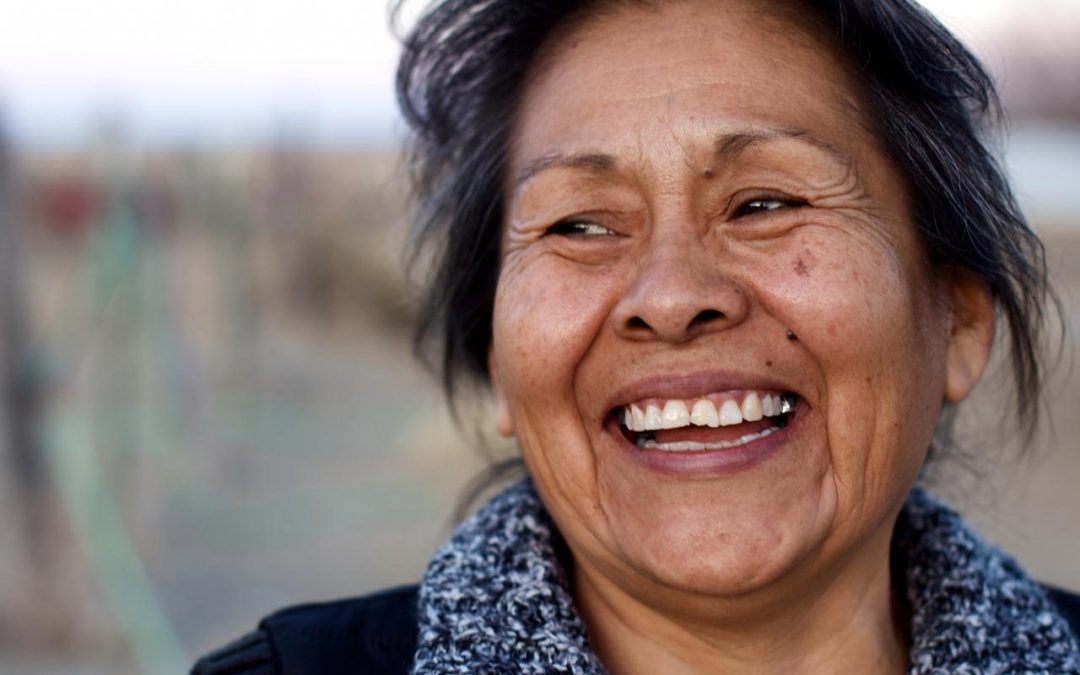
Many Indigenous elders are leading language revitalization pushes for their tribes.

‘Communities RISE builds on the civic muscle of more than 2,400 community-based organizations.’